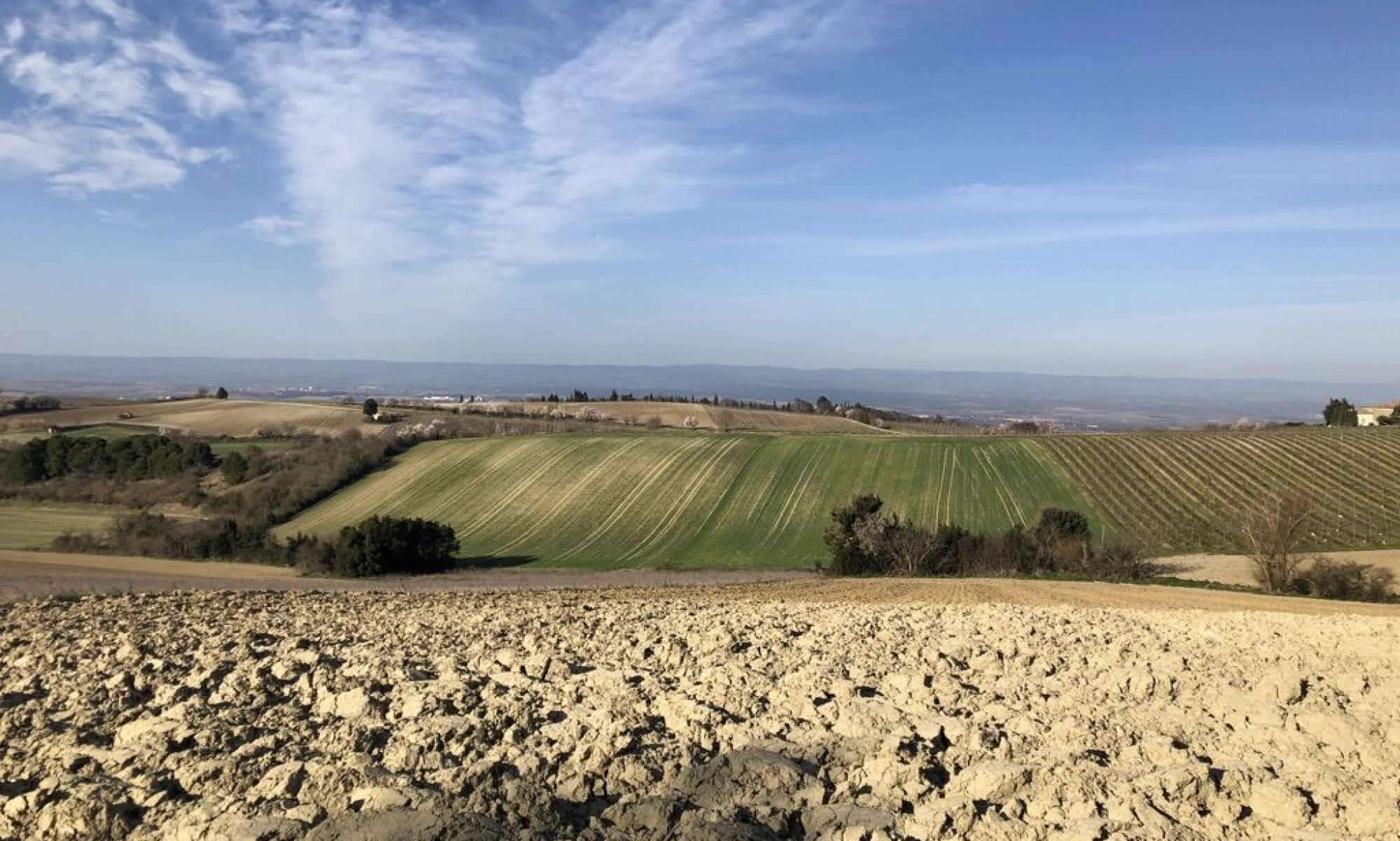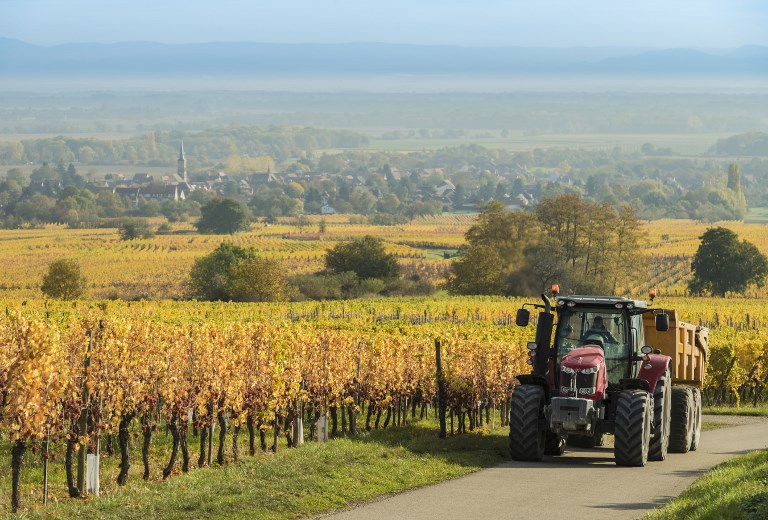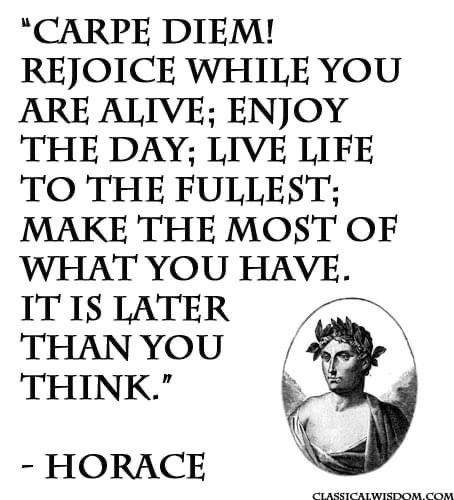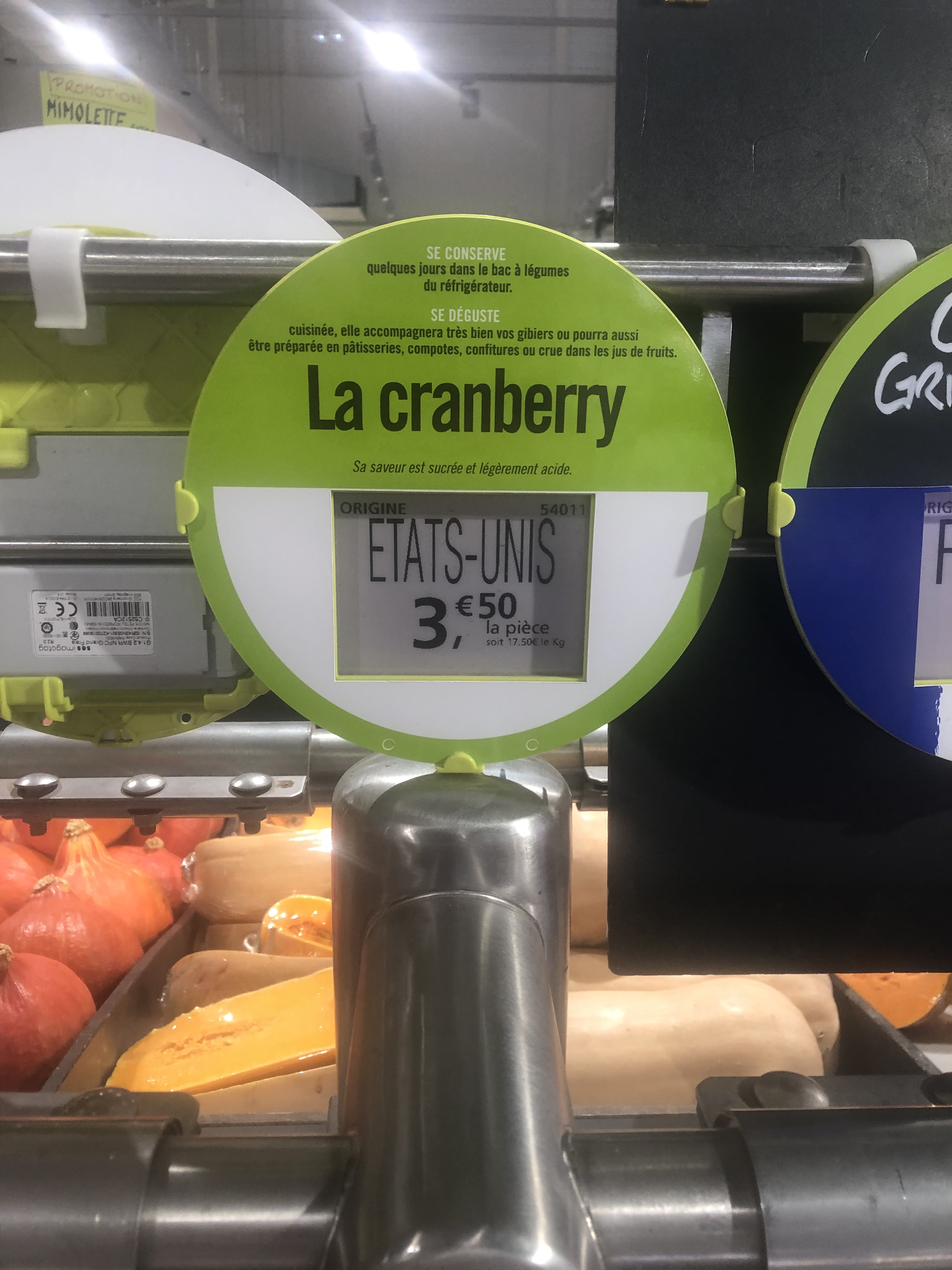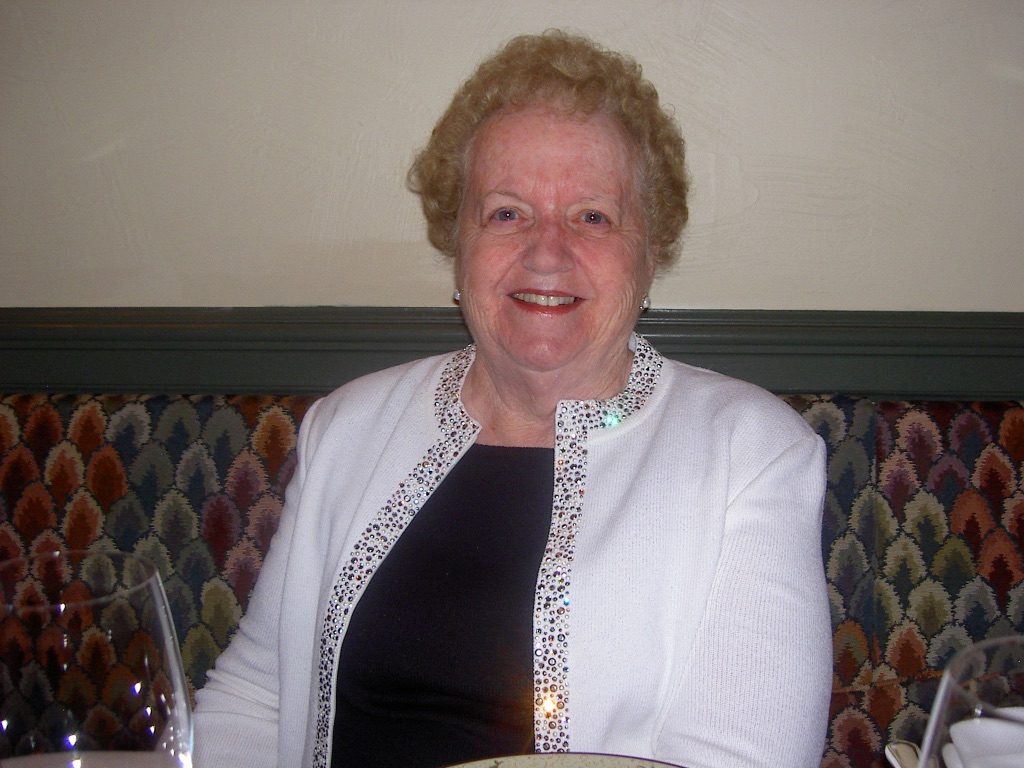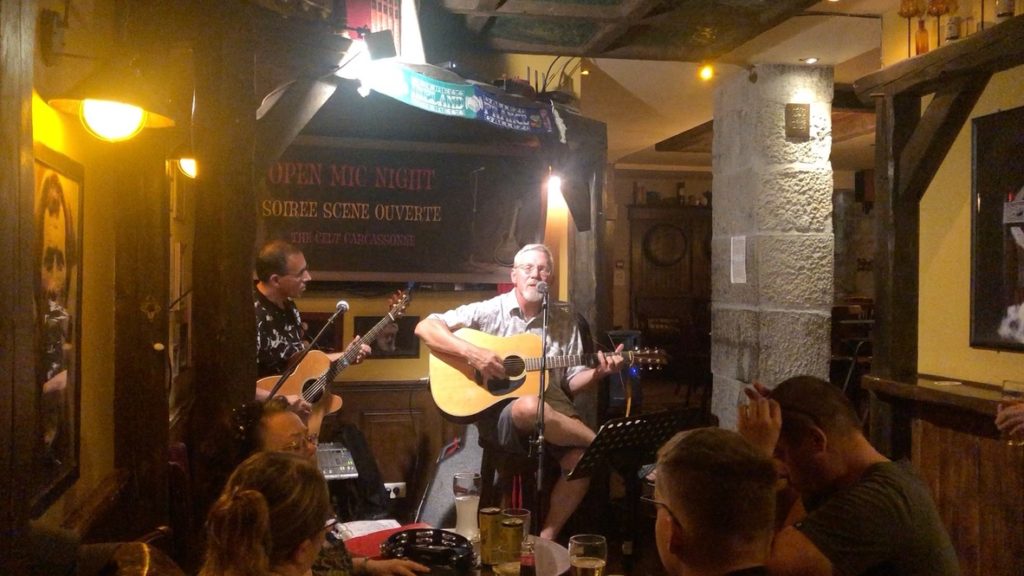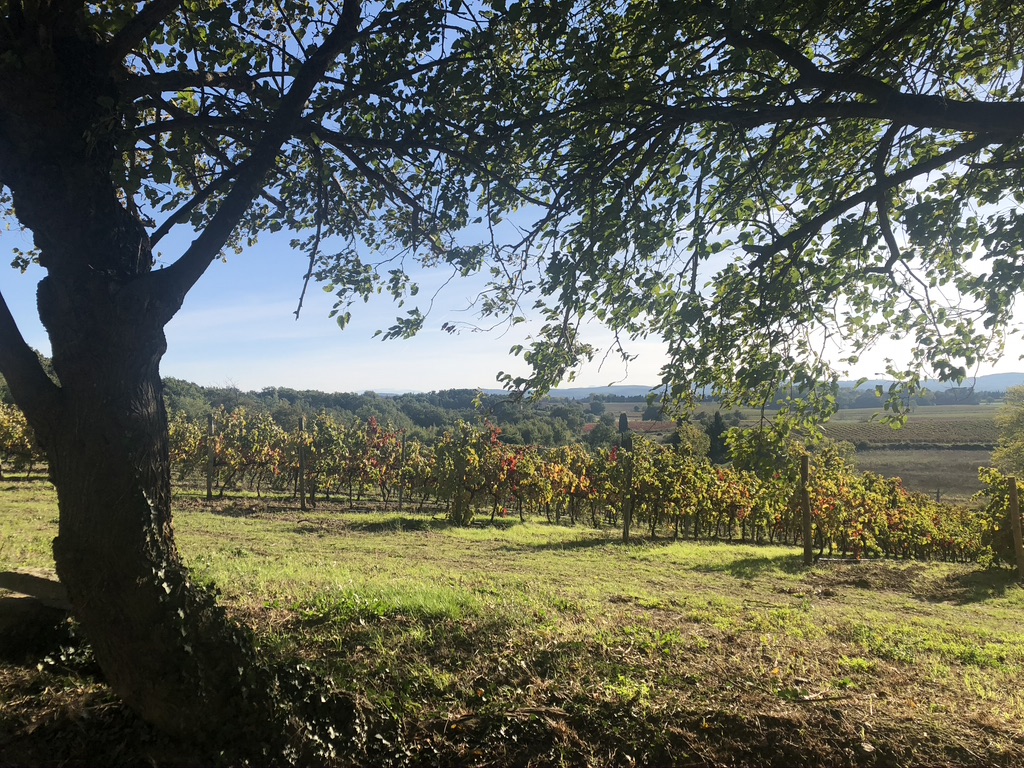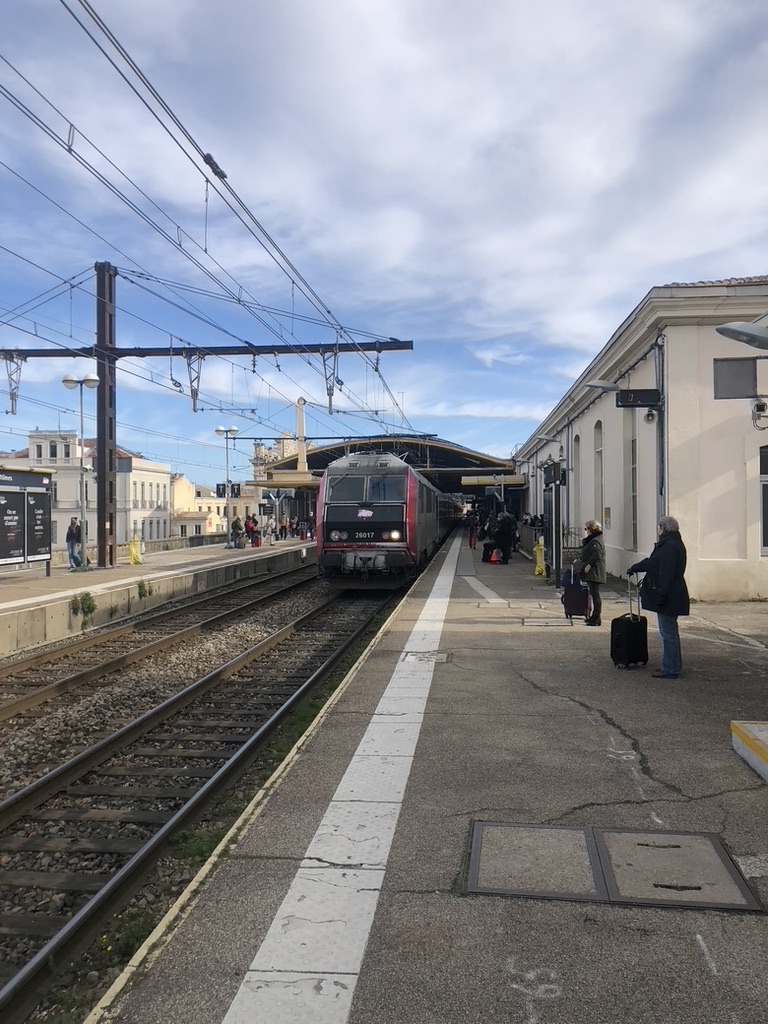The farmer’s protest in France these last two weeks was rather disruptive because they targeted the autoroutes. What began pretty much in the southwest spread throughout the country, even to Paris to make their emphatic points to the gouvernement.

Protests are an interesting thing in France. Even though many are inconvenienced, the population respects the fact that the protesters need to be supported as they fight for their rights. The pressure on the government increases as the population watches to see what will happen. The citizen is king.
We have a new prime minister in France appointed just a few weeks ago, Gabriel Attal. He is only 34 years old and the youngest PM in history. He is (obviously) a favorite of President Emmanuel Macron who has fallen in popularity in the last few years. So the appointment of Gabriel Attal is perceived to have two reasons: new blood with a strong personality and big ideas, and maybe even being groomed to become the next president. Macron got in at a young age. Why not Attal?
The farmer’s strike is Attal’s first big challenge. He did the perfunctory visits to speak with farmers and hear them out. He also made a trip to Brussels because the farmer’s complaints relate to mandates coming out of the EU Parliament. In a way, France’s hands are tied. The good news is that Attal’s efforts have had some success. But not soon enough.
I drove up to Paris last Thursday for a concert at the Philharmonie de Paris. The Orchestre des Champs Élysées performed Schubert’s Unfinished Symphony and the Brahms Requiem which I was very excited to hear for the first time.
Because of the roadblocks, gps guided me along back roads. What ordinarily takes seven hours took roughly 12 hours. But it was a spectacular drive even though I was up and out the door by 4 AM. As one friend put it, I was making lemonade out of the lemons. I didn’t really mind because I saw parts of France I had not seen before. It was just one more adventure.
It was interesting driving over the Montagne Noire with all its switchbacks in the middle of the night. The fog didn’t help and I was extra cautious because while the temperature was just above freezing at this elevation, there was still potential for icy roads. By daybreak four hours later, I was in the Cantal Department of the Auvergne region. The roads were still winding but the views were magnificent – especially the spa village of Chaudes-Aigues. I made a note to come back one day maybe for “the cure.” Pictured below are views of the Truyère River a few kilometres north of Chaudes-Aigues. The sun was just rising so I pulled off to a viewpoint to take it all in. I’m glad I did.


Finally reaching Paris, I parked in the suburb of Sceaux to avoid the chaos and went directly to the home of some good friends who were my neighbors in Jersey City. They now live in Paris with their two young daughters of nearly 4 & 6 years. Our time was brief because the hour was late, but dinner was excellent and it was great to catch up.
I have developed a document that I send to friends who are heading to Paris. It includes a number of recommendations including how to navigate into the city from the airport. (Beware of the pick-pocketers!) My bottom-line advice is to make Paris your own. Yes, there are a few places one should absolutely see like the Eiffel Tower, the Champs Élysées and Sainte-Chapelle. Otherwise, do what you want. Take a random walk. Pursue your interests. You never know what you may discover. Despite the fact that I have been to Paris many times (more than I can count but at least 50), I took my own advice and Friday turned out to one of those days where I had some wonderful discoveries.
I didn’t set my alarm to wake up because Thursday had been a long day. I had a lunch reservation at Robert et Louise, a highly recommended restaurant in the Marais, but the morning was free. It was around 9 AM when lying in bed I told myself that it would be a huge waste if I didn’t do something. So I decided to visit the Musée de Cluny, the 15th century Parisian seat of the Cluny monks and now a medieval museum across from the Sorbonne. I noticed it when I was here in December 2022 and had added it to my list of places to see.
The hotel was close to the Philharmonie de Paris concert hall, and fortunately the Métro 7 line gave me a direct shot to Châtelet, a major connecting point and the station closest to the Musée de Cluny. Châtelet, on the other hand, is a maze of underground tunnels which sometimes requires a good deal of walking simply to exit. So I got off at the stop before, the Pont Neuf to see what I might discover.
The Pont Neuf is the westernmost bridge crossing the Seine connecting the Right Bank to the Left via Île de la Cité. I took a photo of one of my favorite places, Place Dauphine as I walked by, but didn’t stop for the lack of time.

Place Dauphine, Île de la Cité
I msde my way to the Boulevard Saint-Germain passing the Restaurant Procope, a historic restaurant that is also on my list and founded in 1686. I also discovered the Université René Descartes and the Sorbonne’s medical school before arriving at the Musée de Cluny. You never know what you will find.

Restaurant Procope
The Musée de Cluny is touted as the foremost medieval museum in the world. It’s not huge so doesn’t take long to see. Filled with statuary, stained glass and carved altars, it provides a great picture for this era.

Musée de Cluny

Cour d’honneur, Musée de Cluny



After visiting the museum, I made my way to lunch passing another historic church on the Left Bank, Saint-Séverin and then the Hôtel de Ville (the Paris city hall) with signs proudly positioned on the front of the building happily announcing that this is the year of the Paris Olympics.

Église Saint-Severin

The nave of Église Saint-Severin

Église Saint-Severin
As I continued my walk towards the Marais, I passed the Rue des Mauvais Garçons (the Street of Bad Boys). This has always amused me. It’s only a short block long, but is so-named as historically it was notorious for its “lawless 13th century residents.”


Lunch was disappointing for several reasons but I decided I will reserve judgment until I give them another opportunity. My notes included “escargots and steak.” I had the escargots but they were rubbery, overcooked and with little of that butter, garlic and parsley mixture that gives them so much flavor. For my main course I opted for a chicken dish expecting something delicious with a sauce. It was fine but nothing special and no sauce. I should have had a steak. I saw the chef preparing stacks of steaks as I was led to my table and they looked good. But I didn’t want to feel full all day especially since I also had a dinner reservation. The jury is out.

I had a few hours free so I consulted my Paris list and decided to go to G Detou which is a culinary supply shop. Its name is a play off the French expression “J’ai tous” (“I have everything”) and it is mostly true though they surprisingly didn’t have herbes de Provence which I use on nearly a daily basis. There were assorted mustards, preserved fruits, spices, coffee, chocolate, extracts and rare flavorings and things like xantham gum and agar that most people never use but are critical to chefs.

I picked up a few things and asked where one could find culinary equipment (les appareils culinaires). Early on in Carcassonne I discovered a bakery supply house that sold to the public. But when I went in December, they were closed and remain closed. G Detou referred me to A. Simon, a well-equipped store right around the corner. Like in New York City where shops of similar ilk are clustered together (eg, diamond dealers, flower suppliers etc), it seems Paris follows suit. As I left A Simon, I discovered four more shops all supplying goods to the professional and amateur chef. It felt like I discovered gold because everything I had been looking for was available. Needless to say, I returned home with more than my backpack.

Leaving the shops, I walked along Rue Montmartre toward the Metro. It ended at Place Carée with Les Halles off the left and Église Saint-Eustache on the right. Built between 1532-1632, Saint-Eustache is one of Paris’s most impressive churches. I’ve been before, but took the opportunity to see it again.

Église Saint-Eustache

The nave of Église Saint-Eustache

The 147 rank pipe organ of Église Saint-Eustache, one of the largest in France

The organ console
Laden with my purchases I headed back to the hotel to drop them off and have a rest before the concert. It was good to take a nap.
It was a quick 15-minute walk to the Philharmonie de Paris for the concert. I had made a pre-concert dinner reservation at their new restaurant, L’Envol, on the sixth floor of the complex. It was simple, creative and delicious.

Philharmonie de Paris

Restaurant L’Envol, Philharmonie de Paris
They make it easy for concertgoers to move from the restaurant to the concert hall with an express elevator taking one to the appropriate level after scanning the ticket.
I moved into place and got ready for the concert. The architecture is dramatic and the acoustics from my perspective, perfect.

The concert began with Schubert’s Unfinished Symphony then moved into the Brahms Requiem. It was thrilling from start to finish. I am so glad I went.
The next morning I was up and out of the hotel by 7:30 AM. I had to take the Metro to Gare du Nord, then the RER train to Sceaux where I had parked my car. It worked well as I was then only about 25 minutes to Costco Paris – my primary reason for driving.
I feel like a kid in a candy shop going to Costco. Dunkin’ Donuts has recently launched their products in Paris and they have become very popular. Costco is obviously riding the band wagon as they had them for sale though they seem pretty pricey: 13 euros for a dozen donuts?

Another new item now available is bagels. I’ve never seen them before in France. But for the die-hard lover of bagels, they can now be found at Costco! Notice that they limit the sale of two packages at the price of 5.99 euros. They must be popular.

From Costco it was close to a 7-hour drive home. I stopped off at a rest area to nap for an hour as all this driving and activity had taken it out of me. I’m not sorry I went. I had a ball and stocked up on a lot of things including culinary supplies and the usual household items. I will, however, seriously consider the length of stay should there be another blockage of the autoroutes. 1600 kms in a matter of three days is a lot!
On a final note, today marks 5 years since I arrived in France to live. I landed on February 6 2019 from Atlanta with my cat and friend, Randy, who came along to help me settle in. These five years have flown by even with the COVID pandemic beginning in the second year. It took a while to feel at home as there are obviously many adjustments. But I have found my niche in teaching beginning French to anglophones. Soon I will have access to the newly-restored historic pipe organ in our village church. I have made many friends and hosted many dinners. Life is good and the quality of life is unmatched.
In the last year I’ve come to realize how beautifully French society works. La politesse (politeness in society) remains impressive. My neighbors have been welcoming and kind. Even last night one of my neighbors dropped by to give me a plate of crèpes she had made in honour of Chandeleur, February 2. I’m guessing she had planned to bring them over that day, but I was in Paris. But she didn’t pass on the opportunity to share. They were delicious.
French society continues to operate based on the slogan from the French Revolution of Liberté, Egalité, Fraternité (Liberty, Equality, Brotherhood). One is expected to participate in society and contribute to the overall good. My neighbors, the village and the organization with which I am affiliated for the French classes all promote a lot of activities. It is sometimes overwhelming because there is so much going on. At the same time, it builds community and good will.
As an example, our mayor hosted a gathering early in January to provide a summary of all that had been accomplished in 2023 and what plans there are for 2024. The gathering also recognized newcomers to the village and was promoted as an opportunity to wish your neighbors “Bonne année.” There must have been over 300 people present, including families with children. It was heartening to see this level of participation. I also realized as I went around afterwards to greet those I know, that I have made a number of friends and acquaintances in the village.

My village of Montréal is gaining a reputation as a pretty nice place to live given the quality of life, the improvements and the social life it offers. We’re a short 10 km west of Carcassonne, so it’s very commutable and yet in the heart of the countryside surrounded by vineyards and fields of soy, colza, sunflowers and wheat. I enjoyed the trip to Paris but I was delighted to return home. The tranquility and natural beauty, la joie de vivre feed my soul.
